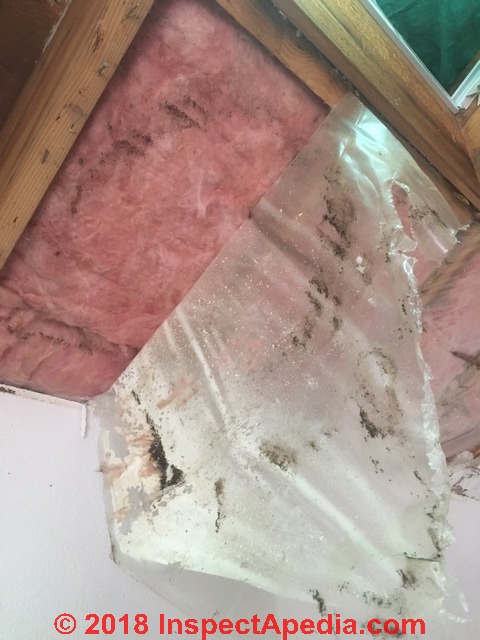Attic baffles how they work.
Do attic vent baffles restrict airflow.
Baffles correct these problems by allowing air to circulate under or near insulation.
You can situate the baffles where the circulation is mainly required.
The fresh air flows up between rafters to the ridge where a ridge vent roof vents or gable vents allow the air to exit.
Attic ventilation works on the principle that heated air naturally rises primarily utilizing two types of vents.
The main function of an attic baffle is to draw the air in from outside your home and allowing it to circulate around your attic.
It is a fairly easy process that will make a world of difference in assisting your insulation and keeping your home protected from rot which can save you a substantial amount of money down the road.
Baffles ensure proper airflow into your attic space.
That airflow is intended to churn the stale air in your attic which helps to remove moisture and control the temperature of your attic.
Baffles are installed in the attic or should be wherever there is an intake vent soffit vent.
The soffit vents allow convective air movement from the soffits of the residence to the ridge vent.
An attic with balanced ventilation has undereave or soffit vents which allow fresh air into the attic.
Basic functions of baffles baffles are chutes that when installed properly can provide a channel for air to flow from your exterior soffit vents up into your attic space.
Putting baffles in your attic is a crucial step in installing attic insulation.
In winter the natural convection air flow through the attic prevents ice dams from forming on the roof.
Sometimes called rafter vents baffles provide ventilation and keep the insulation from blocking airflow through your attic.
Surprisingly even the most well insulated attic space may still require the assistance of attic baffles to provide the additional air circulation.
In addition insulation baffles must be installed at the point where the attic floor meets the roofline to prevent the attic insulation from migrating into the cavities and restricting the airflow from the soffit vents.
Intake vents located at the lowest part of the roof under the eaves allow cool.

